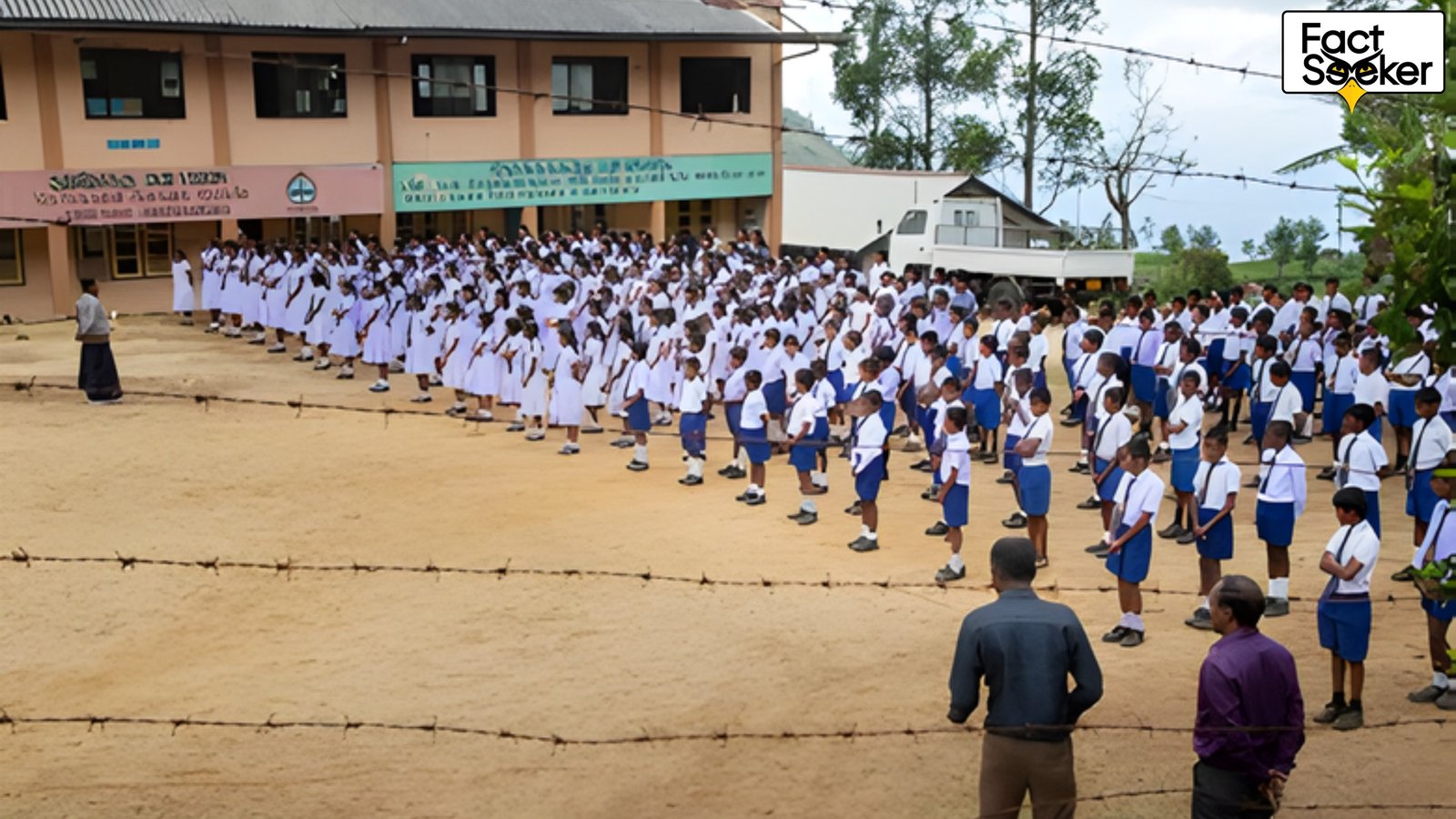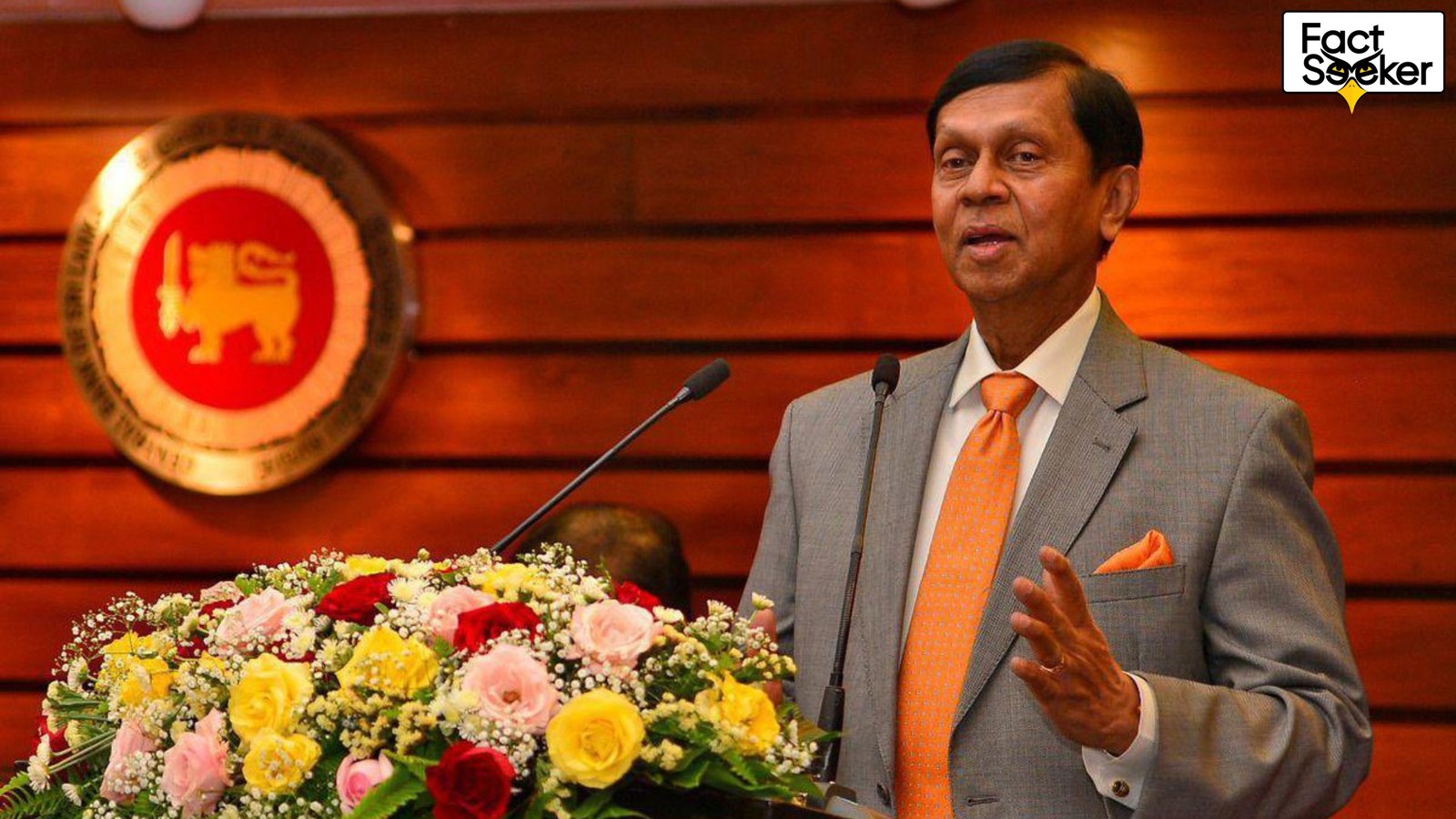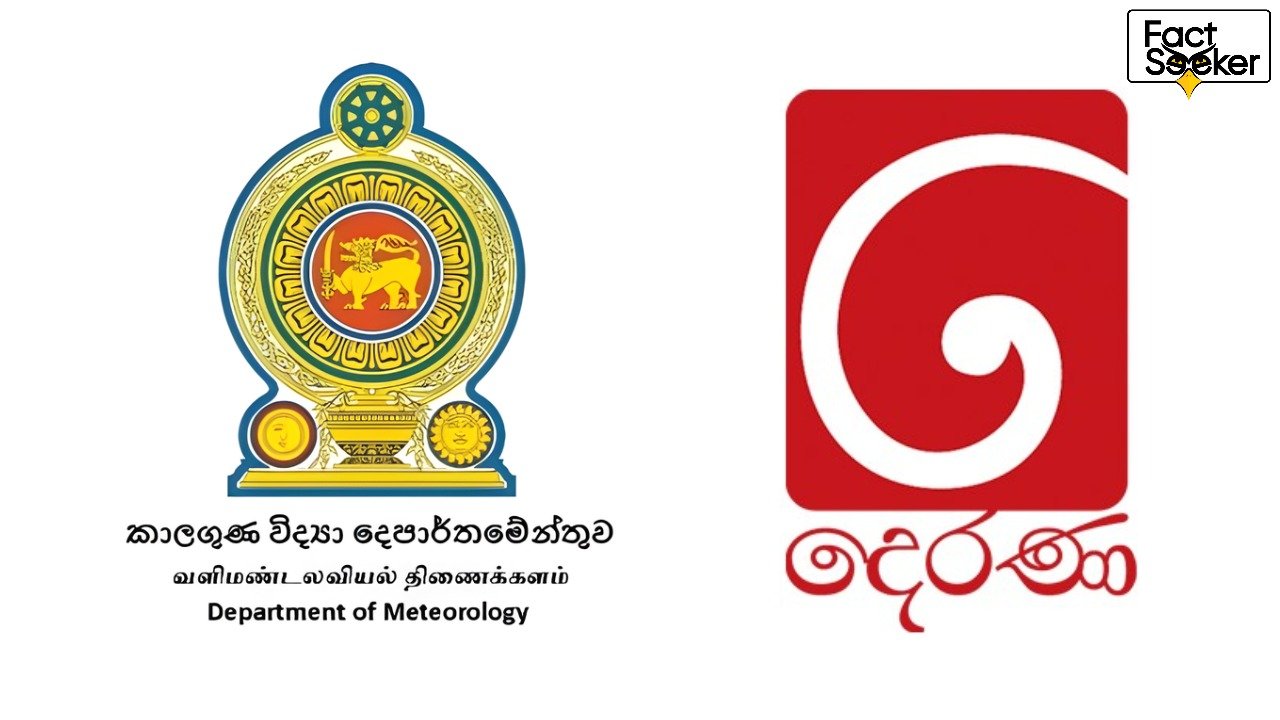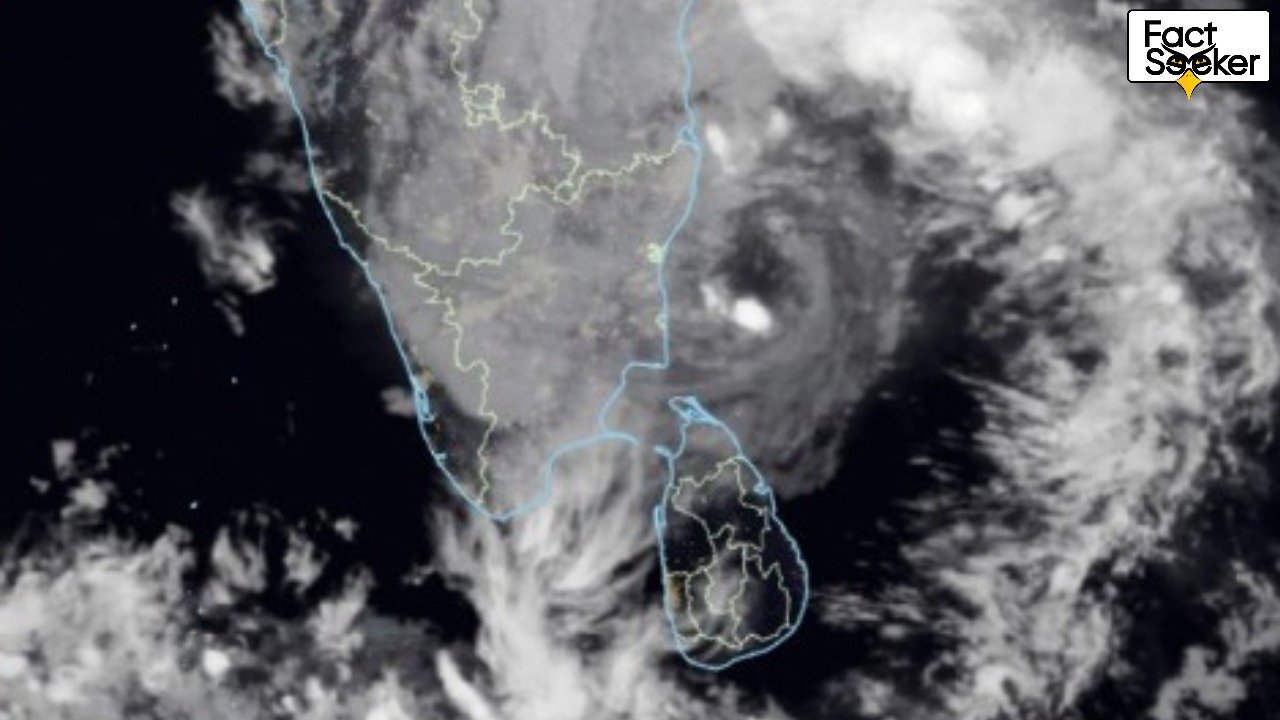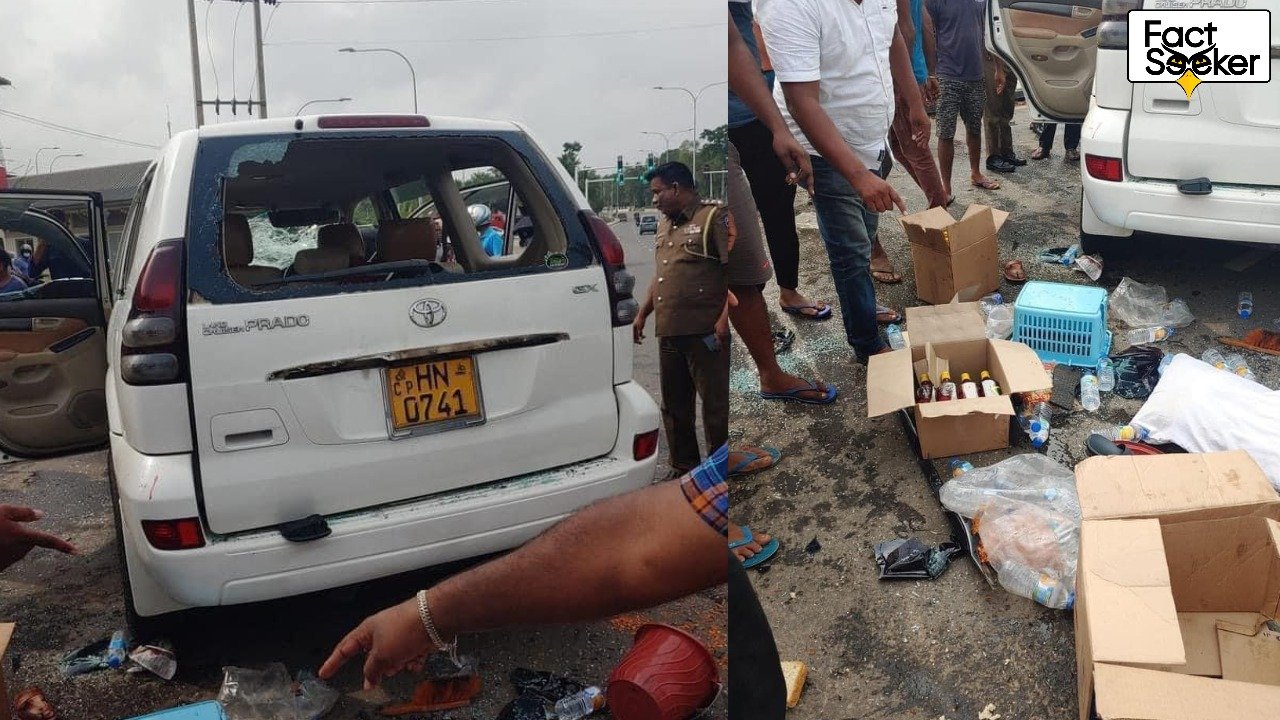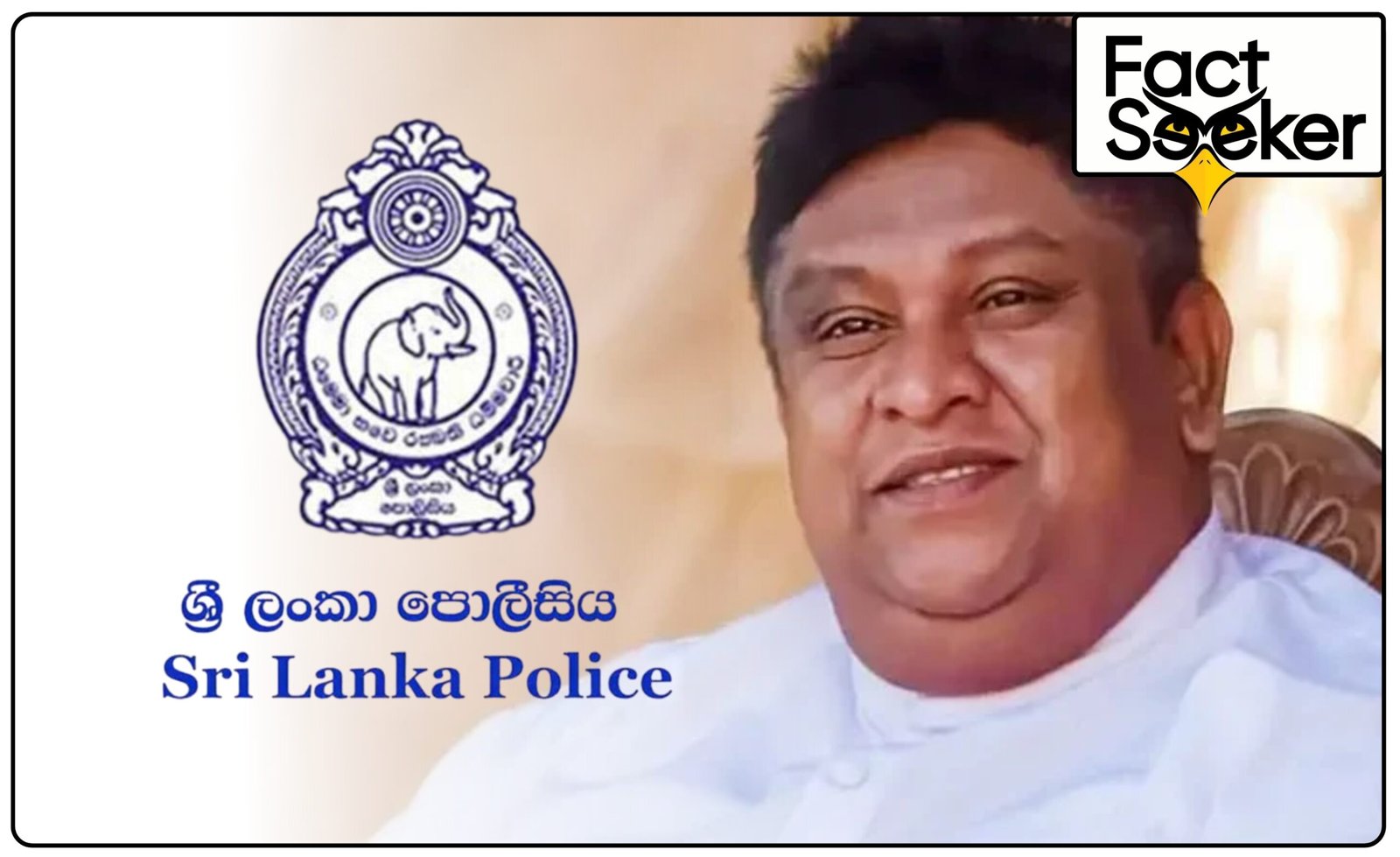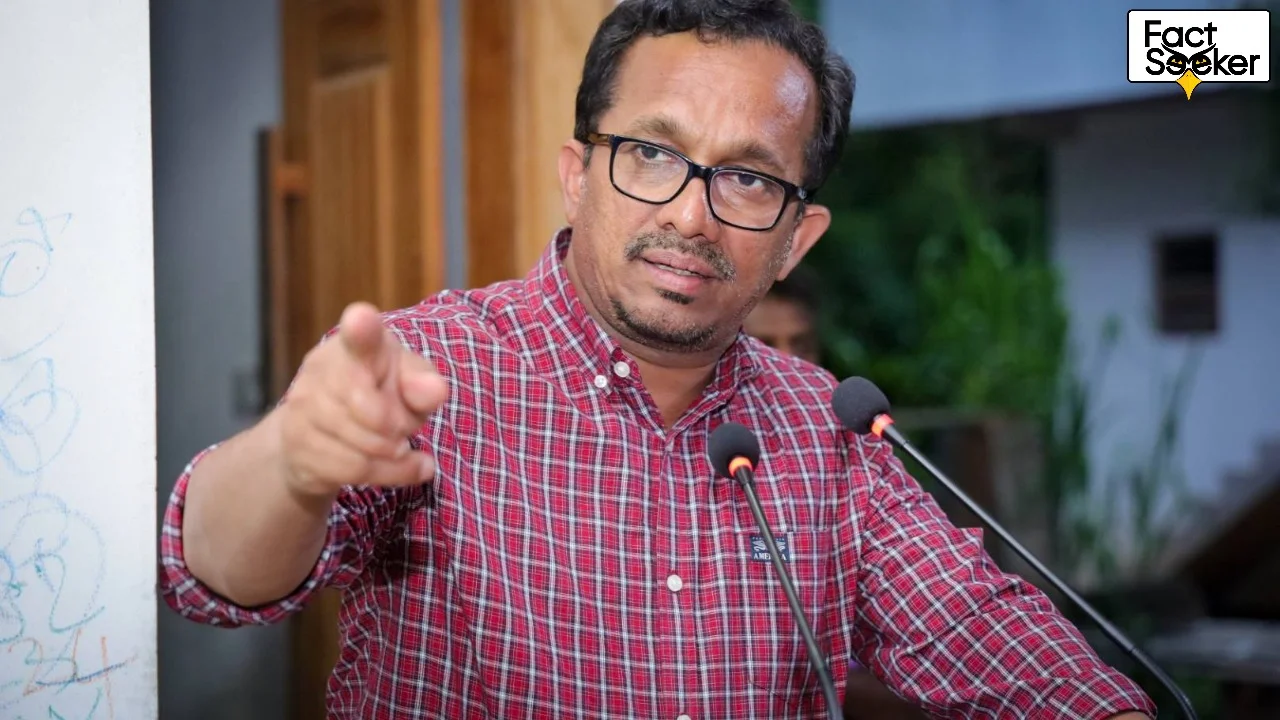Bamiyan Buddha statue destructed in 2001, not 1992

An image circulating on social media depicting how the Buddha statues in Afghanistan looked before its destruction in 1992 was noted by FactSeeker.
by Anonymous |
December 3, 2024

https://x.com/historyinmemes/status/1863356538959601778?s=46&t=7p4CLXtAH44oQQ-dqagsCg
In this post, some users claimed that the incident took place in 2001. To clarify the timeline, FactSeeker looked into the incident.
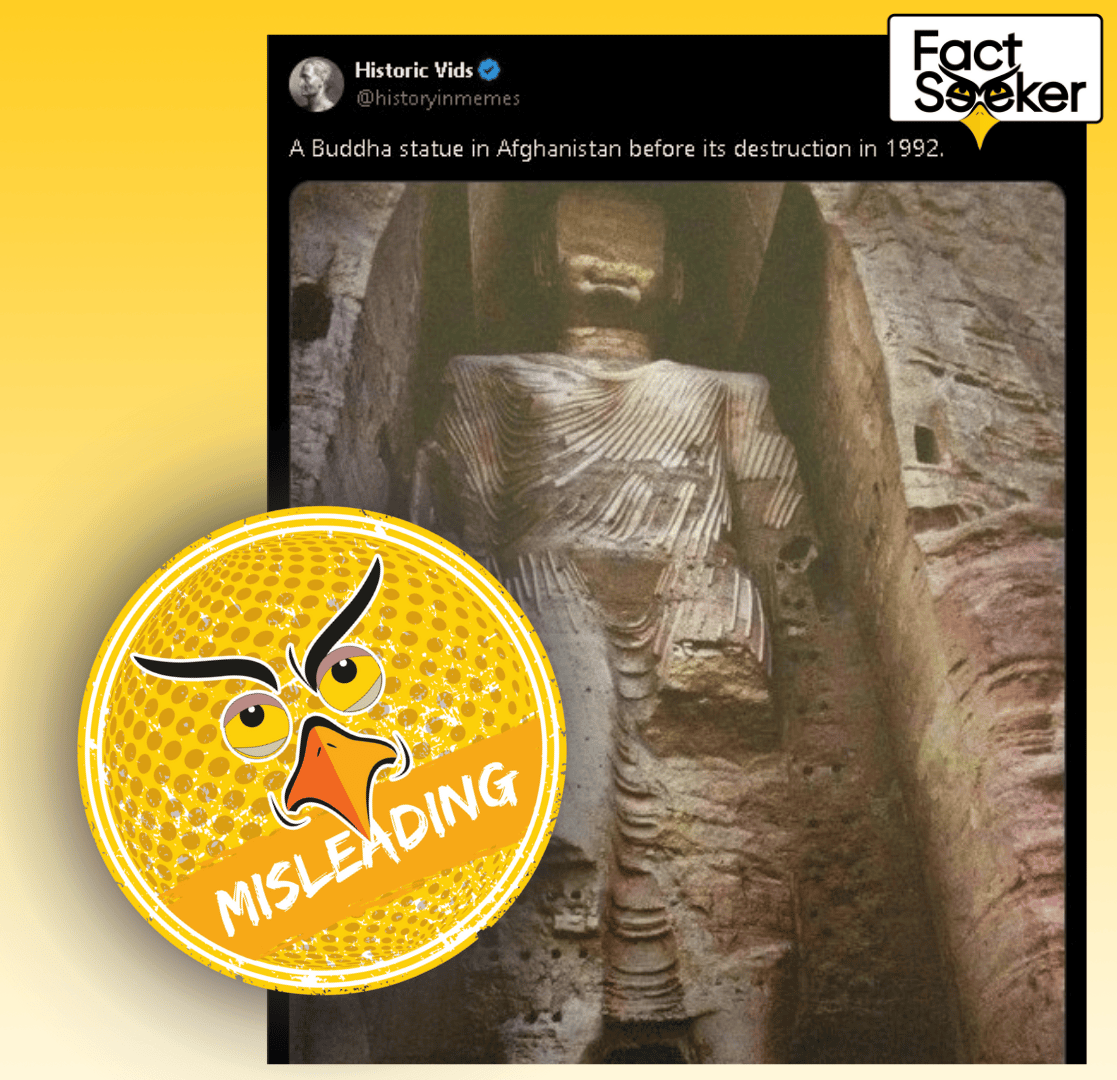
The photo being shared is of the Bamiyan Buddha statues, which were destroyed by Taliban militants. These statues were located in the Bamiyan Valley in central Afghanistan, along the Hindu Kush Mountain range, near the Bamiyan River.
The image being shared is indeed of the Bamiyan Buddha statues which was destroyed by Taliban militants. This statue was located in the Bamiyan Valley in central Afghanistan, along the Hindu Kush Mountain range, near the Bamiyan River.
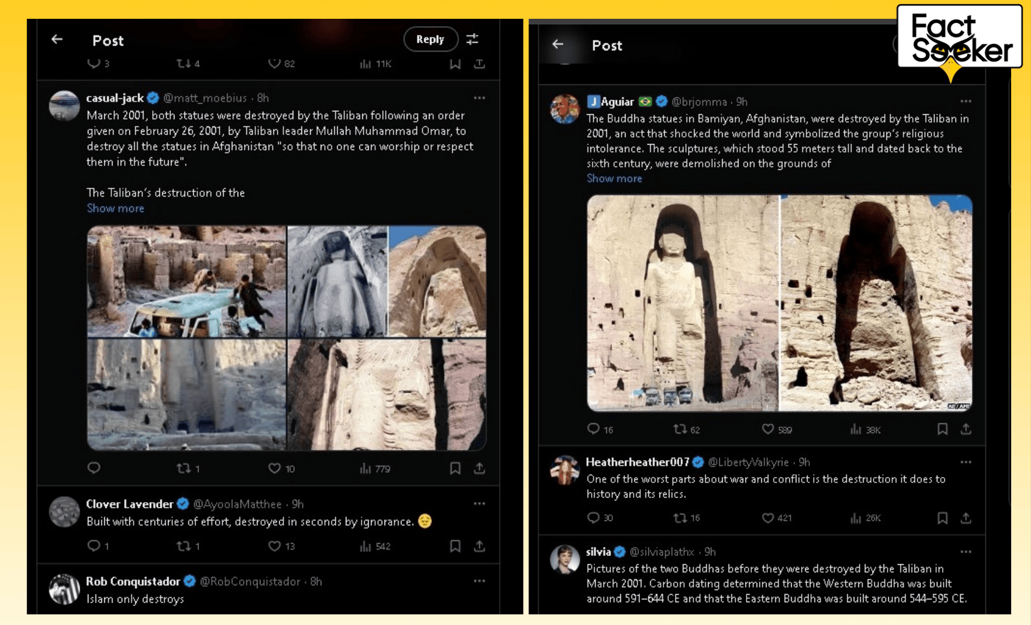
In the 1990s, after the Taliban took control of Afghanistan, they began a campaign to demolish historical monuments. As part of this campaign, on February 7, 2001, the Taliban announced their intention to destroy the Bamiyan Buddha statue. Despite widespread international condemnation and protests, they proceeded with their destructive plan.
The demolition of the statue began on March 2, 2001, and continued for an entire month. During this time, the statues were systematically destroyed by artillery fire.
The incident was extensively covered by the media. Linked below are a few articles:
• https://outboundtoday.com/bamiyan-buddhas-is-histry-to-be-repeated/
• https://archive.roar.media/sinhala/main/features/the-death-of-the-buddhas-of-bamiyan
• https://www.washingtonpost.com/world/2023/06/15/afghan-buddhas-taliban-bamian/
In 2003, UNESCO designated the ruins of the Bamiyan Buddhas as a World Heritage site.
Therefore, it has been confirmed that this event occurred in 2001, not 1992, and the post was found to be inaccurate.
Accordingly, FactSeeker confirms that the destruction occurred in 2001, and not in 1992, and the claims circulating on social media are misleading.
